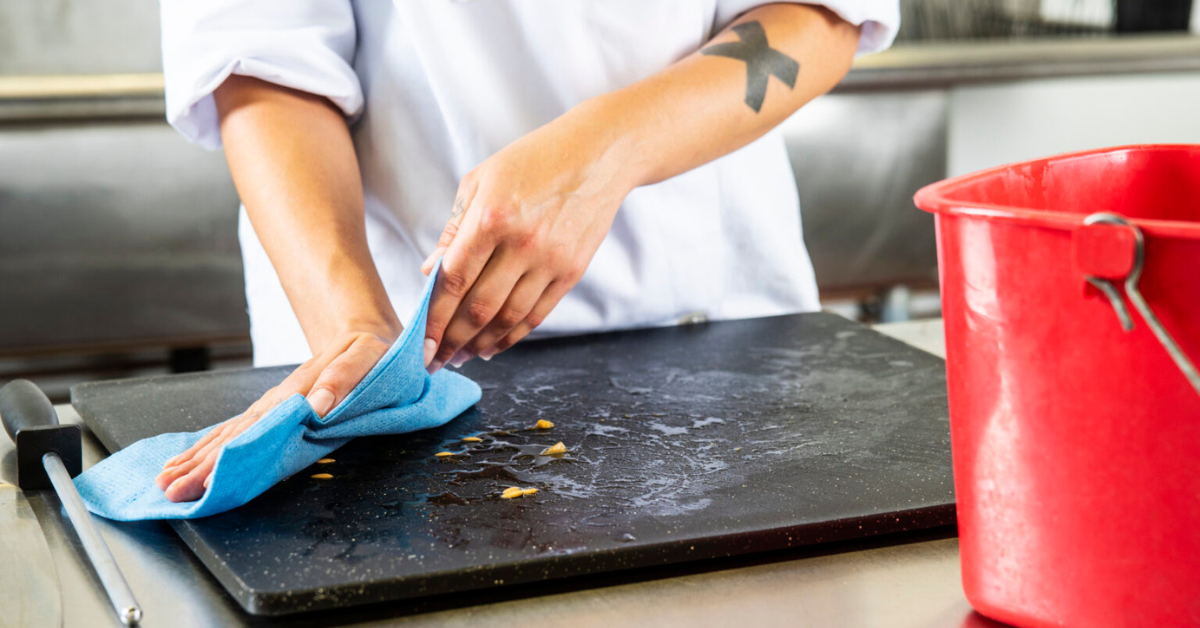What You Can Expect from a Basic Food Hygiene Course: Key Topics and Learning Outcomes
In today’s fast-paced food industry, maintaining food safety and hygiene is more important than ever. Whether you’re a professional chef, a restaurant owner, or someone handling food in any capacity, acquiring a Food Hygiene Certificate is essential. This certification ensures that individuals are knowledgeable about the necessary practices to prevent foodborne illnesses and maintain a safe environment for both food handlers and consumers. If you’re considering taking a Food Hygiene Cert course, here’s an overview of what you can expect.
Key Topics Covered in a Basic Food Hygiene Course
A basic food hygiene course typically covers several essential areas of food safety and hygiene practices. These topics are designed to equip you with the knowledge and skills to safely handle food, reduce contamination risks, and follow relevant regulations. Some of the primary topics include:
1. Introduction to Food Safety
- Understanding Foodborne Illnesses: You will learn about various foodborne illnesses, including how they are transmitted and their potential consequences. Understanding pathogens like bacteria, viruses, and parasites is crucial for recognizing the risks in food handling.
- Importance of Food Safety: This topic highlights why food hygiene is essential, especially in the context of preventing outbreaks of diseases caused by improper food handling.
2. Personal Hygiene
- Hand Washing: The importance of washing hands thoroughly and at the right times will be covered. This includes before food preparation, after using the restroom, and when handling raw food.
- Clothing and Grooming: You will learn the role of personal cleanliness in maintaining food hygiene, such as wearing appropriate clothing and using protective equipment like gloves and hairnets.
3. Safe Food Handling Practices
- Preventing Cross-Contamination: One of the main risks in food handling is cross-contamination, where bacteria from raw food transfer to ready-to-eat food. The course will teach you how to separate raw foods, clean utensils, and sanitize surfaces effectively.
- Food Storage: Proper storage methods for both hot and cold foods will be discussed, including the importance of maintaining the correct temperature to prevent bacterial growth.
4. Cleaning and Sanitization
- Cleaning vs. Sanitizing: You’ll learn the difference between cleaning (removing dirt and debris) and sanitizing (eliminating bacteria and viruses) and the correct procedures for both.
- Sanitizing Food Contact Surfaces: Effective sanitization methods for surfaces that come in direct contact with food, such as countertops and utensils, will be highlighted.
5. Temperature Control
- Hot and Cold Holding: You will be taught how to manage the temperature of food to prevent harmful bacteria growth, including safe cooking temperatures and proper refrigeration practices.
- Temperature Monitoring: Using thermometers correctly to ensure food is cooked to the right internal temperature is a key learning point in this course.
6. Allergen Management
- Recognizing Food Allergies: The course will explain the importance of being aware of common allergens in food and how to prevent allergic reactions through proper labeling and cross-contact prevention.
7. Food Safety Legislation
- Regulations and Standards: A portion of the course will cover the food safety regulations that businesses and food handlers must adhere to, including local health department codes and international standards like the Hazard Analysis and Critical Control Points (HACCP).
Learning Outcomes: What You’ll Be Able to Do
Upon completing a basic food hygiene course, you should have gained the following skills and knowledge:
1. Identify Potential Hazards
- You will be able to recognize the risks of foodborne diseases and understand how they can be transmitted through improper handling, storage, or cooking practices.
2. Apply Safe Food Handling Practices
- From washing your hands to handling food safely, you’ll have the expertise to prevent cross-contamination and reduce the risk of foodborne illness.
3. Understand and Implement Temperature Control
- You will know how to properly store, cook, and hold food at the right temperatures, ensuring that it is safe for consumption.
4. Implement Effective Cleaning and Sanitizing Procedures
- You will be able to clean and sanitize food preparation areas and equipment to maintain a safe working environment.
5. Ensure Compliance with Food Safety Regulations
- Understanding local food safety laws and being able to implement them in your daily work will be a key takeaway from the course.
Conclusion
A Food Hygiene Certificate is a valuable asset for anyone involved in food preparation, handling, or serving. It provides a comprehensive understanding of the best practices for food safety and hygiene, reducing the risk of foodborne illnesses. By taking a basic food hygiene course, you not only improve your knowledge and skills but also ensure that your work environment meets regulatory standards and provides safe, high-quality food to consumers.
Whether you’re seeking a Food Hygiene Cert for career advancement, personal growth, or compliance with local regulations, completing a basic food hygiene course is a significant step toward promoting better food safety practices in your workplace or community.







